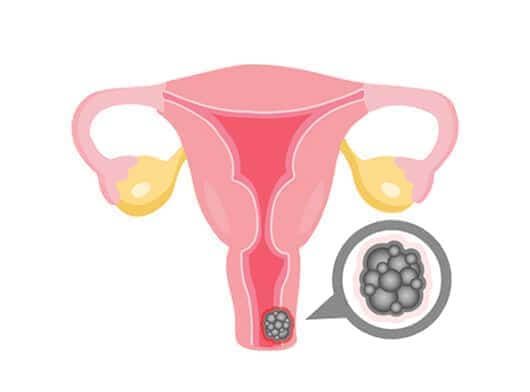- Surgery
- Radiation
- Medical Oncology
- Types of surgery that may be used to treat vaginal cancer include:
- Removal of small tumours or lesions - Cancer limited to the surface of the vagina may be removed, along with a small margin of surrounding healthy tissue to ensure that all of the cancer cells have been removed.
- Vaginectomy - Removal of the vagina. Removing part of the vagina (partial Vaginectomy) or the entire vagina (radical Vaginectomy) may be necessary to remove all of cancer. Depending on the extent of cancer, the surgeon may recommend surgery to remove the uterus and ovaries (hysterectomy) and nearby lymph nodes (lymphadenectomy) simultaneously.
- Pelvic exenteration is the removal of the majority of the pelvic organs - This extensive surgery may be an option if cancer has spread throughout the pelvis or in case of a recurrence of Vaginal Cancer. During pelvic exenteration, the surgeon may remove many of the organs in the pelvis, including the bladder, ovaries, uterus, vagina, rectum and the lower portion of the colon.
- Radiation therapy uses powerful energy beams, such as X-rays and protons to kill cancer cells. In some instances, the doctor may recommend radiation to reduce the risk of cancer recurrence after surgery.
- Radiation therapy can involve:
- External beam therapy - External beam radiation is directed at the entire pelvis, depending on the extent of cancer. Most women with vaginal cancer receive external beam radiation. High precision techniques like Intensity Modulated Radiotherapy (IMRT), Image Guided Radiotherapy (IGRT) and Volumetric Modulated Arc Therapy (VMAT/Rapid Arc) are useful in targeting the tumour accurately and avoiding injury to normal tissue.
- Internal radiation (brachytherapy) - This is also called internal radiotherapy as the radioactive source of radiation is placed either very close to the tumour or within the tumour itself. This is delivered by using cylinders placed within the vagina or needles placed within the vaginal tumour, depending on the stage. It is usually given in combination with external beam radiotherapy.
- Chemotherapy
- Chemotherapy uses drugs to destroy cancer cells. The indication for chemotherapy is based on the stage of cancer and risk factors.
- Chemotherapy may be used before surgery to shrink large tumours, which makes it easier to remove the tumour.
- Few patients may require chemotherapy after surgery which helps to kill any residual cancer cells. It is also indicated in cases when the disease has spread to other parts of the body.
- Chemotherapy also may be used in cancers where the tumour is inoperable. Sometimes chemotherapy is combined with radiation therapy.
- Targeted drug therapy The indication for targeted therapy is based on molecular changes in the cancer cell. This is usually combined with chemotherapy and may be an option in selected cases. In case of recurrent disease, based on the molecular alterations noted in the tumour, specific targeted therapy may be an option.
- Immunotherapy is a drug treatment that uses the immune system to fight cancer. The indication for immunotherapy is based on further evaluation and molecular tests in advanced disease and recurrence. Immunotherapy may be considered in a carefully selected group of patients where investigations show that immunotherapy may be beneficial.



.png)
